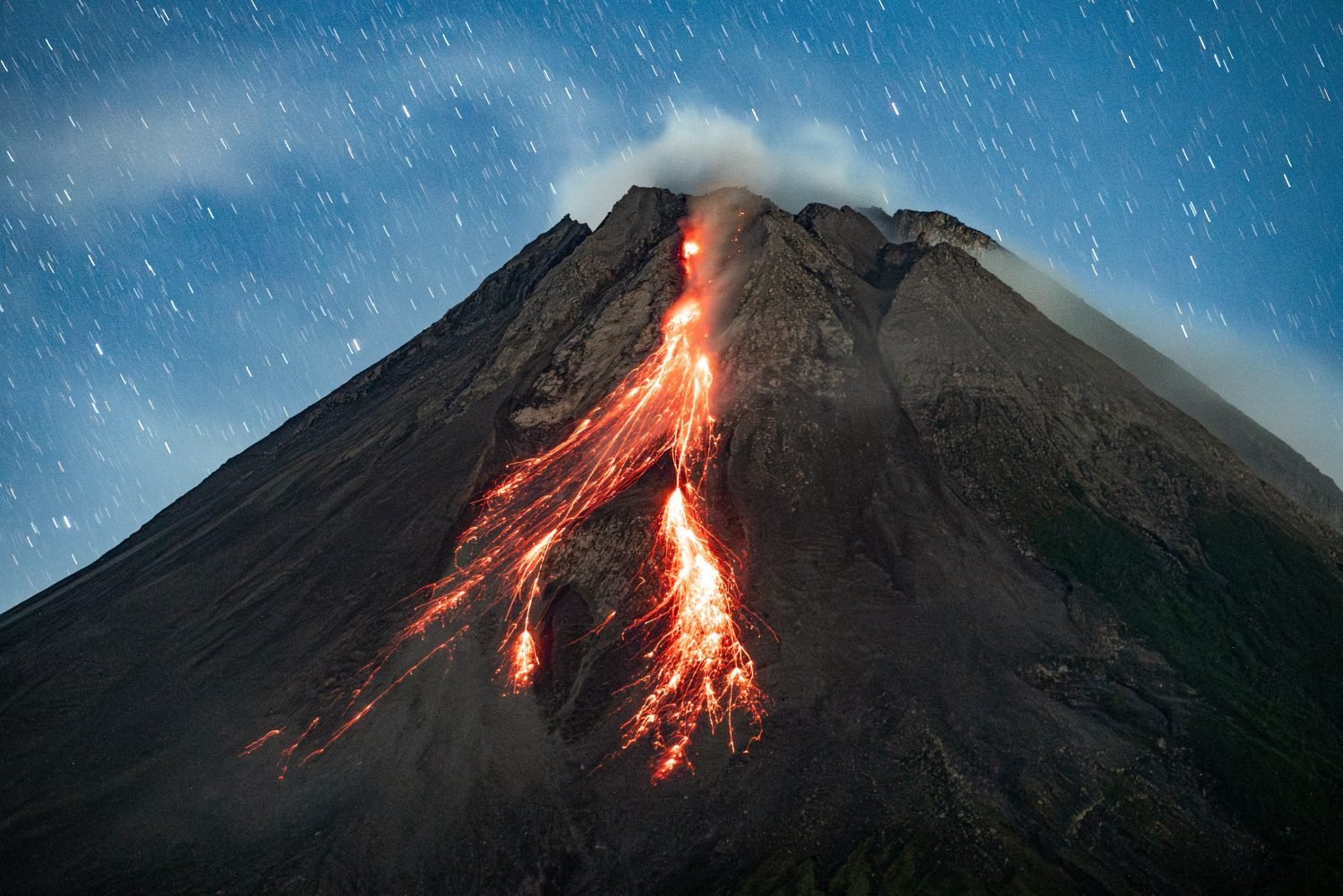Farmer Dionisio Pulido never expected one of his cornfields to erupt into a monster volcano. However, the afternoon of February 20, 1943, saw something unprecedented happen. Life for the farmer and the surrounding villages changed drastically, despite the threat of the Second World War looming. Today’s recap takes a closer look at Paricutin and the unusual circumstances of its birth as a monster volcano.
The Birth of a Volcano
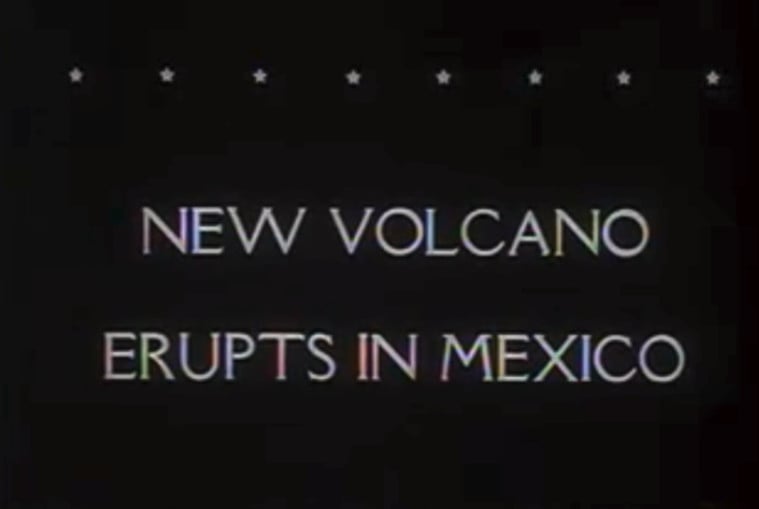
The monster volcano that is the subject of today’s list arose out of nowhere in 1943. By 1944, it was spewing cinder, ash, and magma for miles. However, its start began somewhat ominously. Farmer Dionisio Pulido was going to burn branches when an enormous fissure opened, and the ground rose six to seven feet.
Danger Near the Capital

Nuevo Parangaricutiro is a mere 200 miles away from Mexico City. The monster volcano Paricutin presented certain risks that weren’t considered in the slightest at the time. Vegetation and wildlife were eradicated in the immediate area thanks to this eruption.
Violent Eruptions
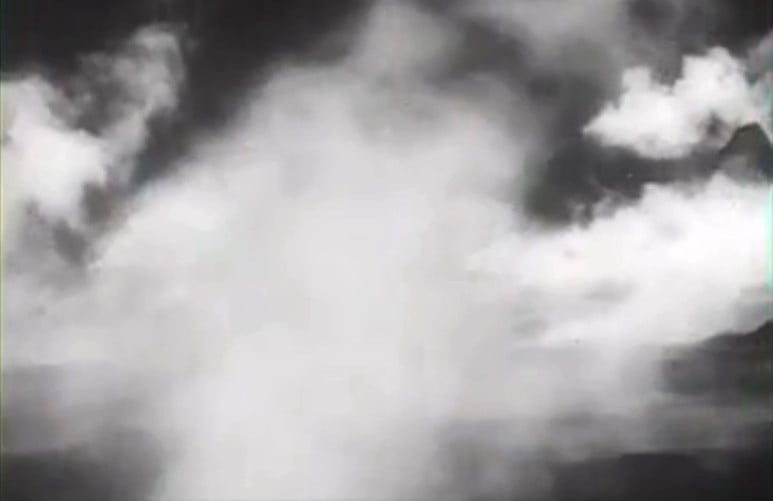
The first two years of Paricutin’s life were marked with violent eruptions. A rain of ash, molten stone, and pyroclastic flow emitted from the monster volcano. At its first eruption, the monster volcano created a cone of fire more than 150 feet high. Volcano bombs struck the landscape, causing damage to the surrounding towns.
An Unusual Lifespan

Paricutin’s lifecycle went on for an astonishing nine years. The photographs taken from the newsreel come directly from the third phase of its lifecycle when fissures and cracks sent lava tumbling to the towns to the immediate west of it. The monster volcano’s final phase was more sporadic but lasted for seven years. At the time, frequent earthquakes and occasional eruptions occurred.
Devastating Impacts
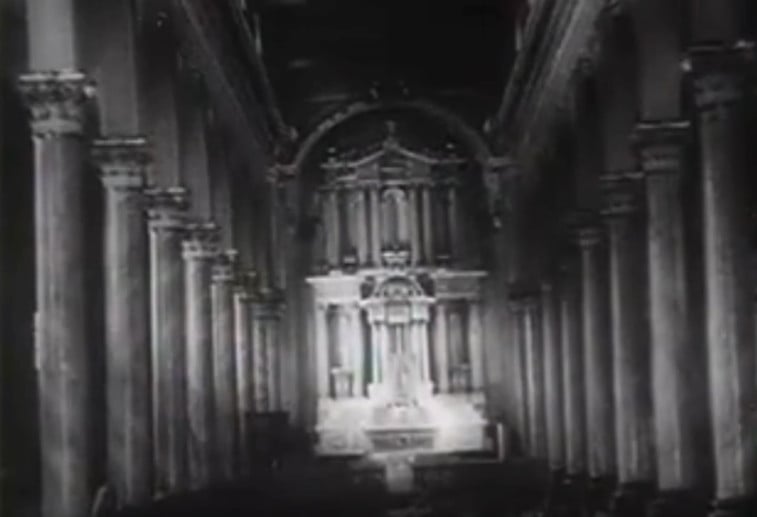
The Second World War was raging into its final stages in 1944, but the monster volcano captured the world’s attention. Deep economic changes started to happen, thanks in part to the damaged or destroyed towns in Paricutin’s wake. The town of Paricutin, where the volcano gets its name, was destroyed. Other towns like Zacan, Zirosto, and Angahuan were destroyed.
A Fleeing Populace

The areas in Paricutin’s immediate surroundings were mostly comprised of indigenous people, the Purepecha being the main demographic. Many towns were permanently evacuated, with little recourse but to uproot the lifestyles and livelihoods of a primarily agriculture community.
Silver Linings
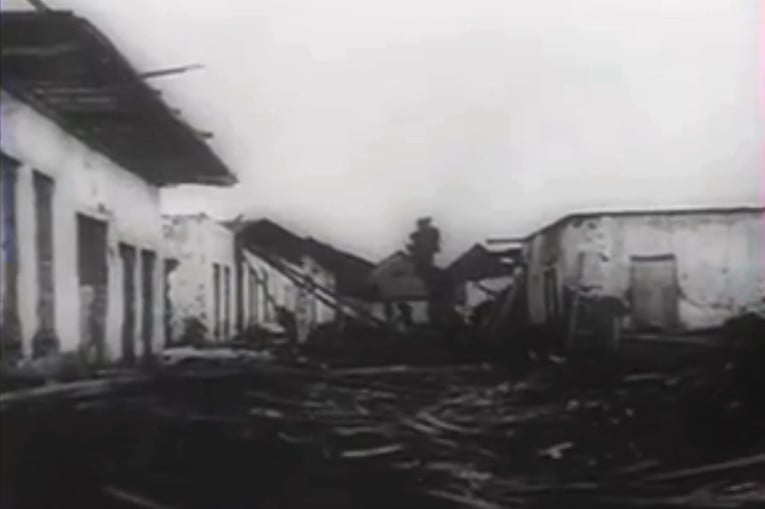
While the monster volcano brought untold destruction to the surrounding area, there were glimmers of hope. The Purepecha were brought to international attention, so a pouring of support came. While the area remains primarily focused on agriculture, the greater contact with the Mexican government brought positive changes.
Miles of Destruction
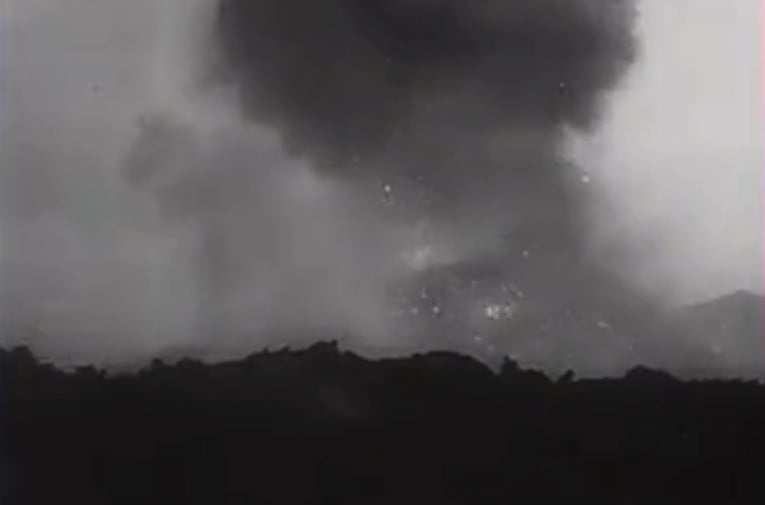
Nearly 90 square miles of farmable land were eradicated in the wake of the monster volcano eruption. The ejection of molten stone, volcanic ash, and lava made the surrounding area barren with the landscape appearing alien after centuries of farming. Volcanic ash would appear as far as Mexico City.
Scientific Boons
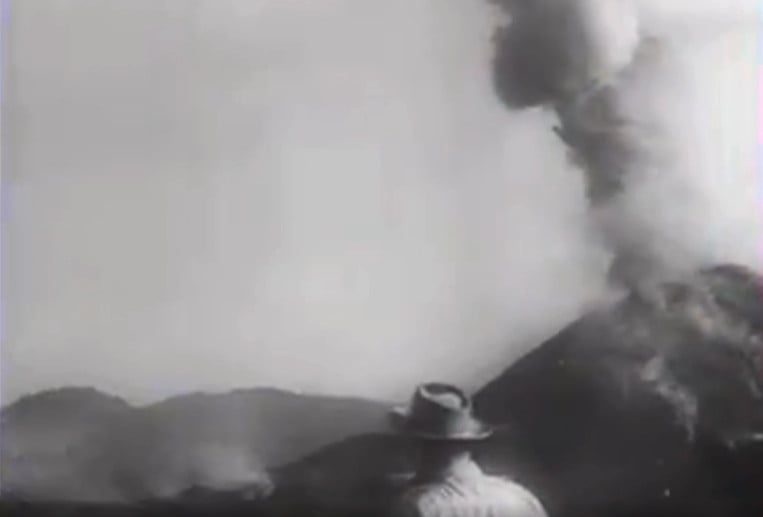
For the first time in recent history, a monster volcano was able to be documented. Volcanologists from around the world gravitated to Mexico, taking notes, writing papers, and ultimately creating a definitive timeline of Paricutin’s life. By 1948 most scientists would pull out of the area, but native Mexican volcanologists would stay until 1956 when the volcano went dormant.
The Trans-Mexican Volcanic Belt

Paricutin isn’t the only monster volcano in Mexico. The volcano itself is located in the Trans-Mexican Volcanic Belt. Located in central-southern Mexico, the belt stretches nearly 560 miles and contains the Sierra Nevada mountain range. Volcanic ash mixed into the soil has made it a desirable place for farming, in part thanks to the rich and fertile nature of the grounds.
Paricutin Today

81 years on, Paricutin is no longer the monster volcano it once was. Instead, it serves as a popular tourist attraction. The area still has its dangers, as the basin at the top of the volcano still causes steam to rise when rains arrive. That said, the monster volcano brought new economic growth to the area for those wanting to explore the ruins of the nearby communities.
Watch the Full Video
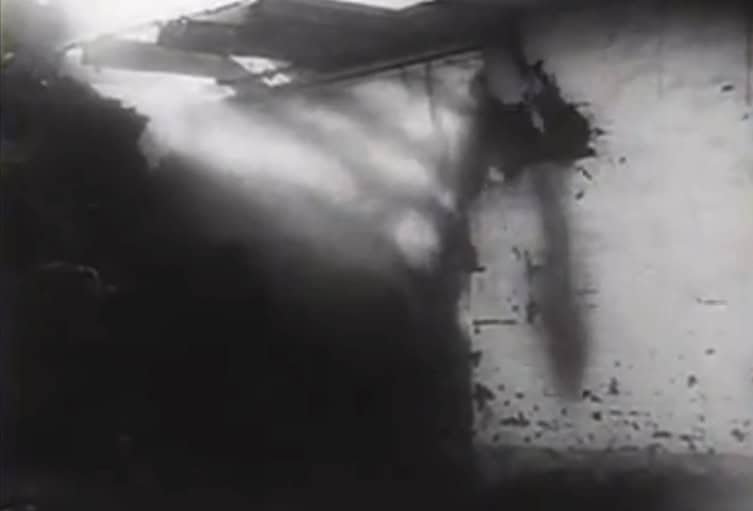
Old newsreels like the one at the center of our recap serve as a wonderful historical document. You can view it here, which I heavily recommend. While many old newsreels focus on slice-of-life stories, Paricutin is one of those international events with far-reaching impacts on modern science.
The image featured at the top of this post is ©kasan kurdi/Shutterstock.com.
